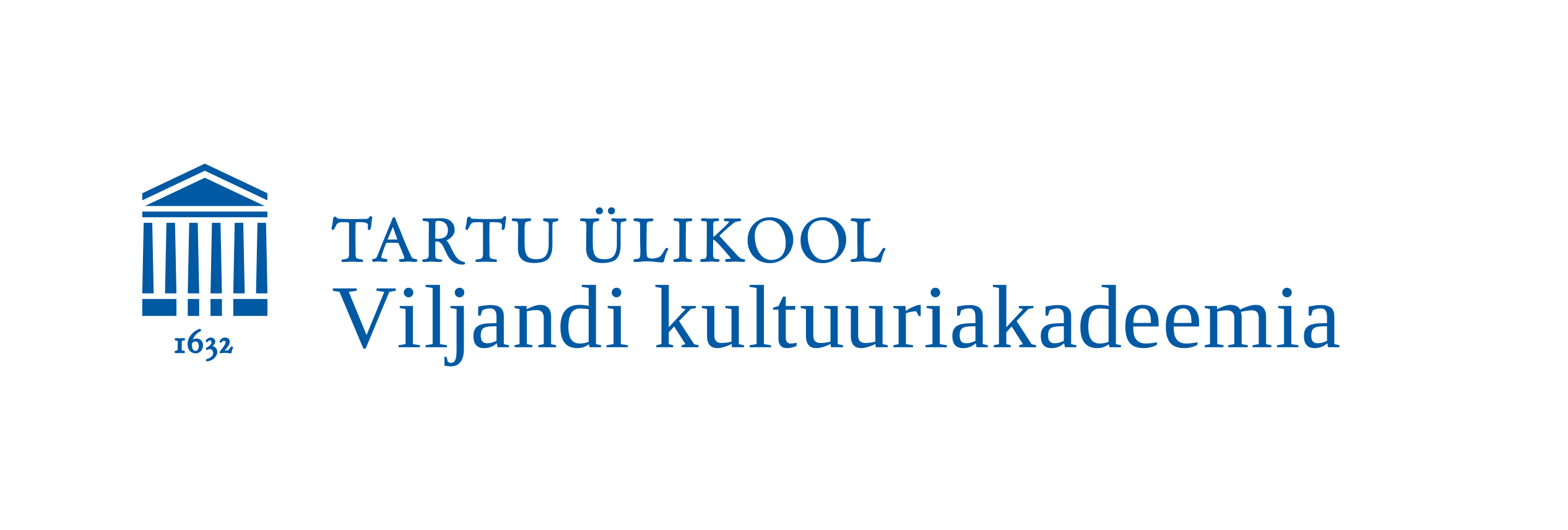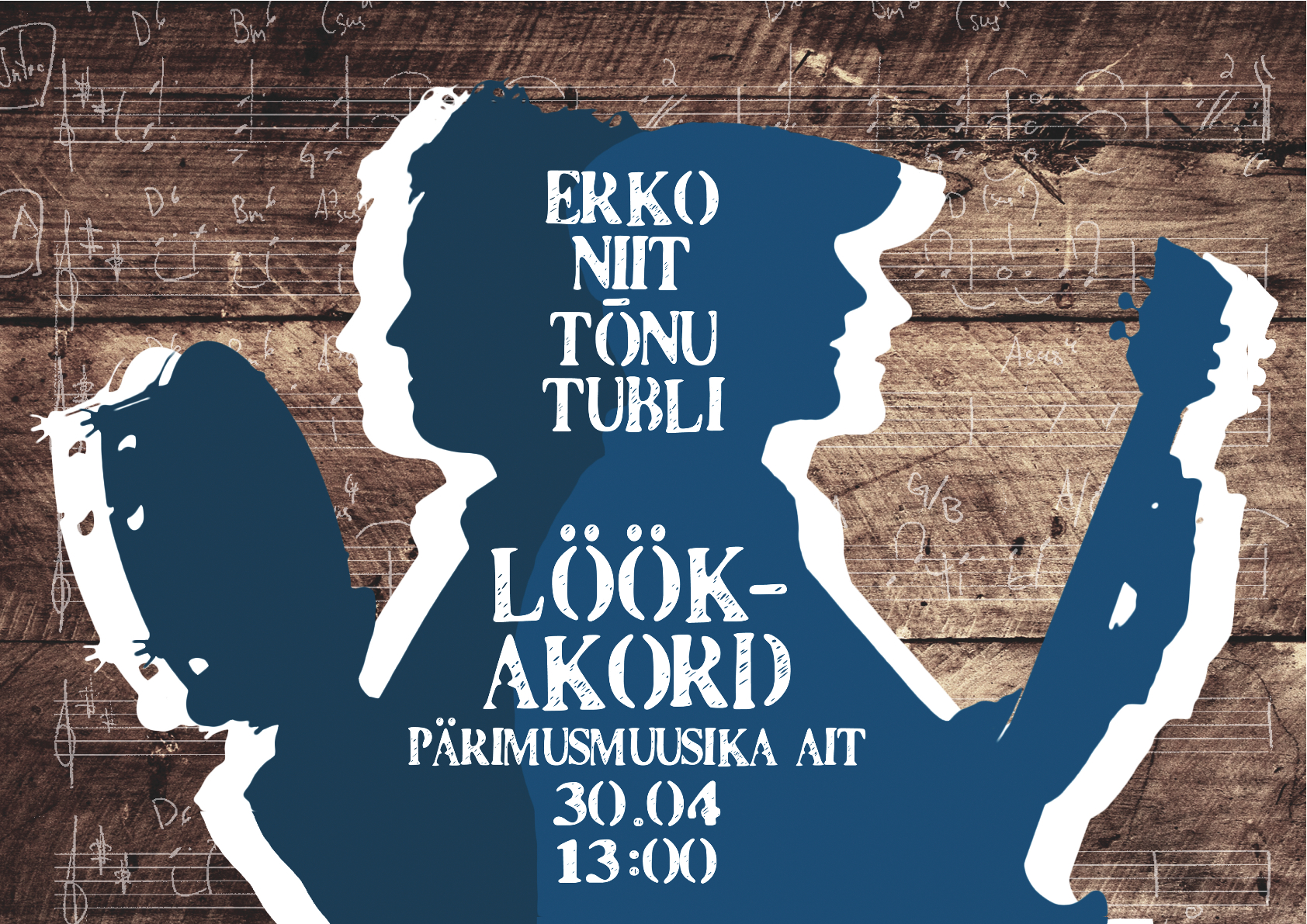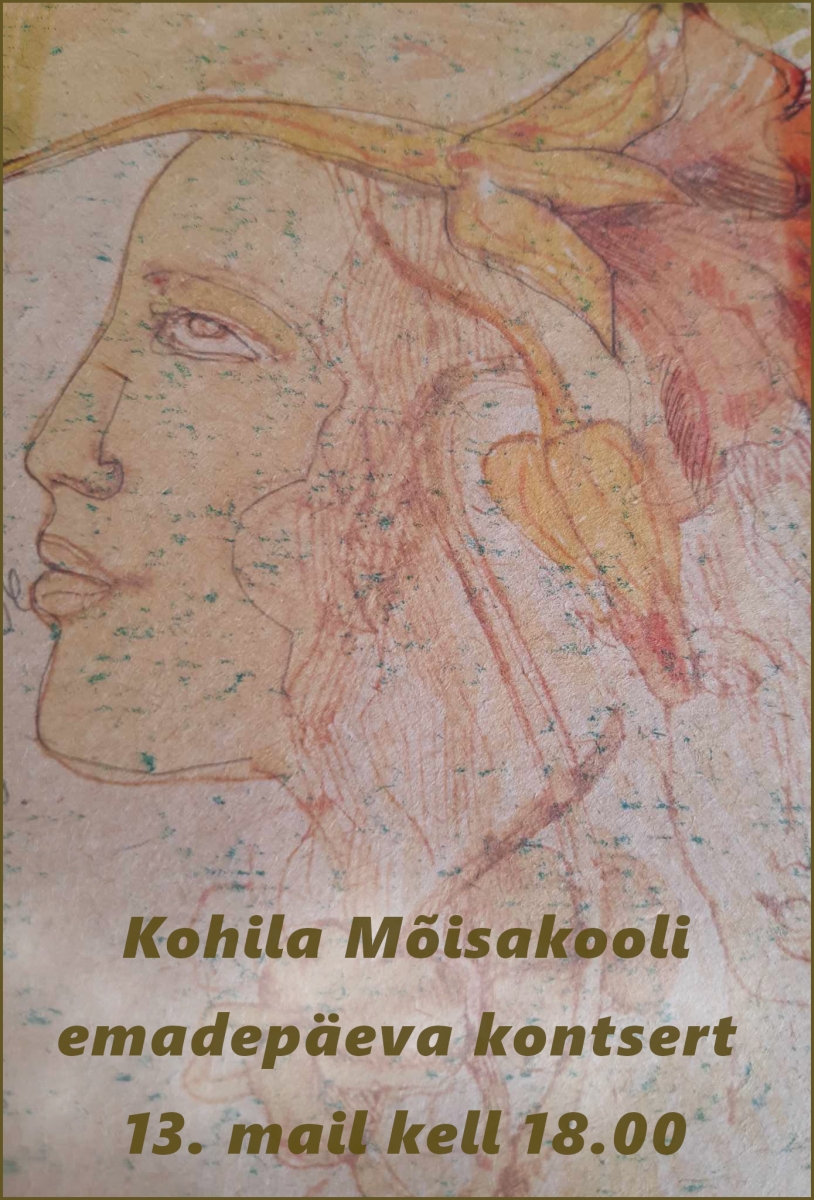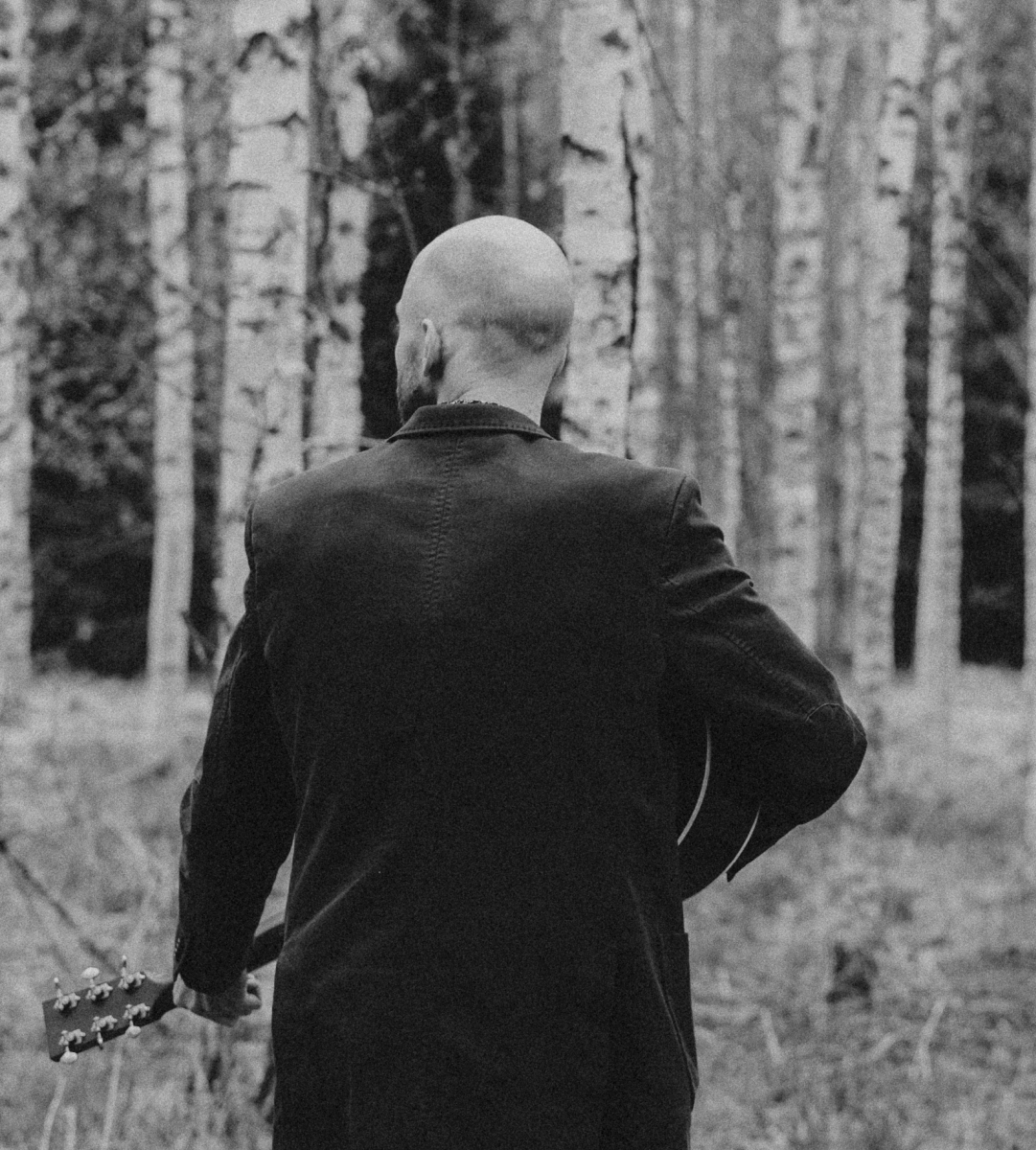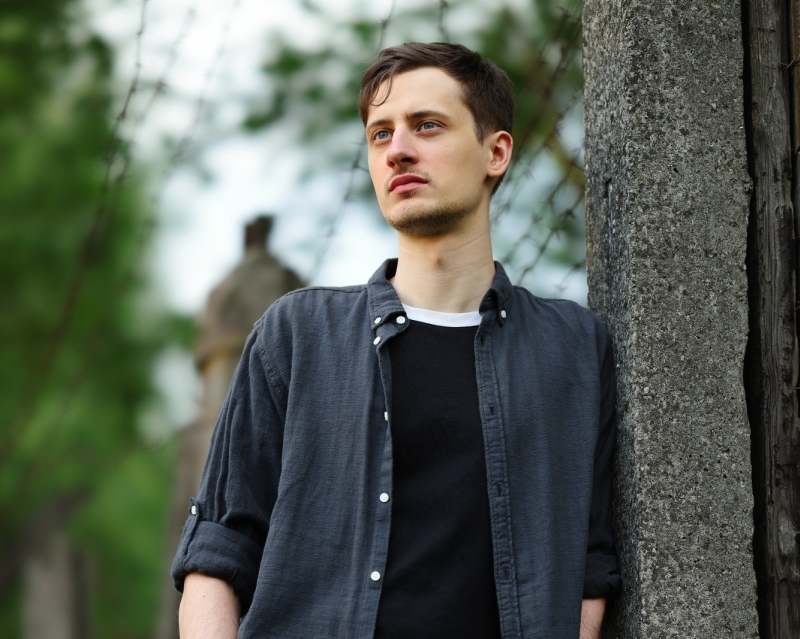“DUO – TRUMM JA KITARR” (juhendaja Raul Sööt).
LÜHIÜLEVAADE: Lõputöö eesmärgiks oli leida erinevaid kõlavärve ja võimalusi, kuidas saavad kitarrist ja trummar koos muusikas eksisteerida. Töö teoreetilise osa esimene pool on varasemate antud kooslust viljelevate konseptsioonide analüüs. Sellest sai autor inspiratsiooni kontserdil esitatavate palade kirjutamiseks. Teoreetilise osa teises pooles analüüsitakse oma diplomikontserdiks kirjutatud muusikat ning lahatakse seal kasutatud võimalusi.
Autor leidis juurde hulgaliselt uusi kompositsioonilisi kõlavärve, nt rubato. Rubato tehnika arenemisele maailma muusikas aitasid kaasa Ravi Shankar ja Alla Rakha ning Mike Moreno ja Rodney Green. Autori jaoks said edasisel muusikuteel olulise koha loop’imise ja oktavi pedaali kasutamine, mis omandati Wolfgang Muthspiel‘i ja Brian Blade‘i kooslust kuulates ning analüüsides. Loop’imine annab võimaluse taasesitada hetk tagasi esitatud muusikat vabalt valitud hetkel. Sellega saab luua suurema kujuteldava koosseisu. Sama genereerib oktavi pedaal, millega saab imiteerida basskitarri kõla.
Lõputöö vormimise käigus kogunes rikkalik materjal, mis eeldatavasti inspireerib ka edaspidi.
Erko Niit
Lõputöö autor
TÜ Viljandi Kultuuriakadeemia
LÄBITUD ÕPPEKAVA: jazzmuusika õppekava.
SUMMARY: The written part of this diploma work main focus is the concept of a guitar and drums duo, both from a playing and composing point of view. As the aim is to find different sounds and options, how a guitarist and a drummer can exist together in music, the theoretical written part also focuses on other similar set-ups (i.e. Mutshpiel-Blade etc). Later in the work there’s also a thorough analysis of the music written for this diploma-concert.
As the aim was to find new sounds for a guitarist and drummer duo, I worked out several new compositional options and also technical solutions for developing the sound of both the duo, and myself. A crucial part of said new options was the openness provided by rubato playing and allowing the drummer to play melodies as well. Surely this is not a highly original concept – voice versa – it is one I discovered to be substantially present in all the duos analysed. A personally significant new option I will definitely keep employing, is the use of looper and an octave pedal (from the example of Muthspiel-Blade). Using loops provides you with the option of reproducing the music played before at any given moment. This can create a sound of a bigger band. The same goes for the octave-pedal, that allows a guitarist to imitate the sound of a bassguitar. Rubato-playing was most prominent in the duo-music of Ravi Shankar-Alla Rakha and Mike Moreno-Rodney Green.
This written part of my diploma-work provided plenty of new material to keep working with. Some of the inspiration was directed into the concert. The work turned ou to be very informative, both for developing the duo concept further as well as writing for larger ensembles. It reached it’s goal.
